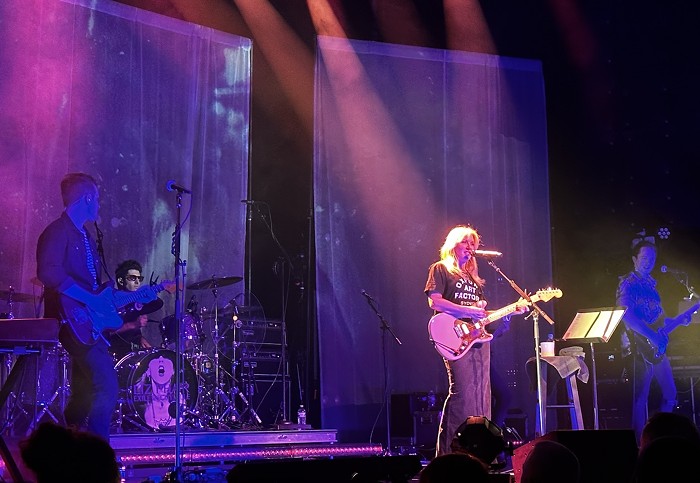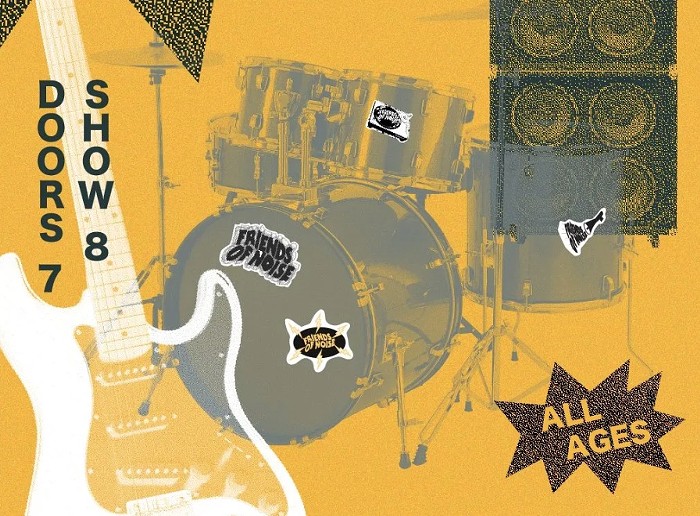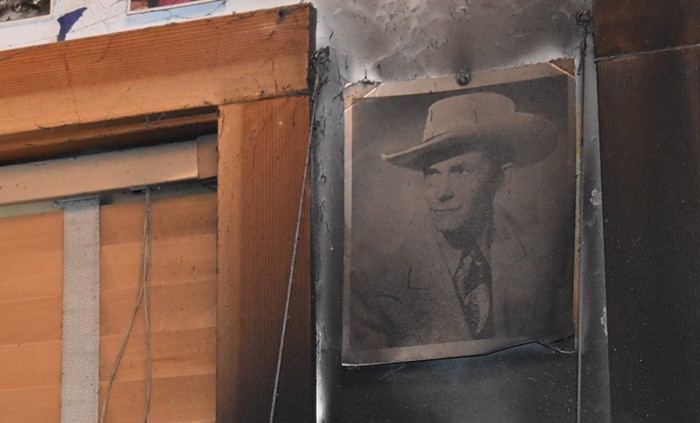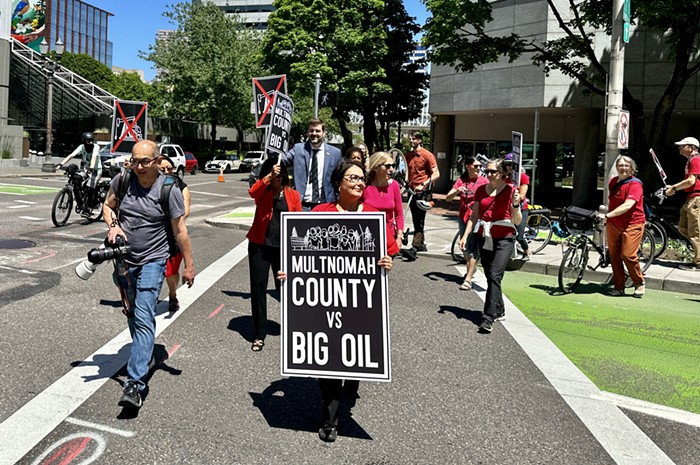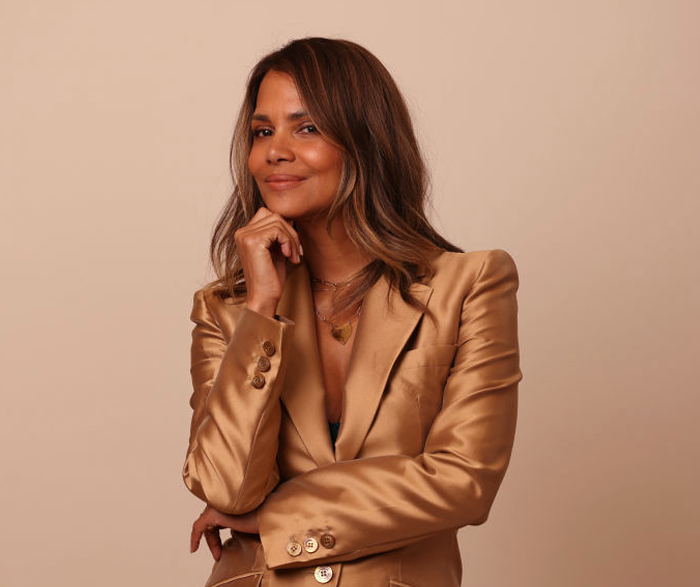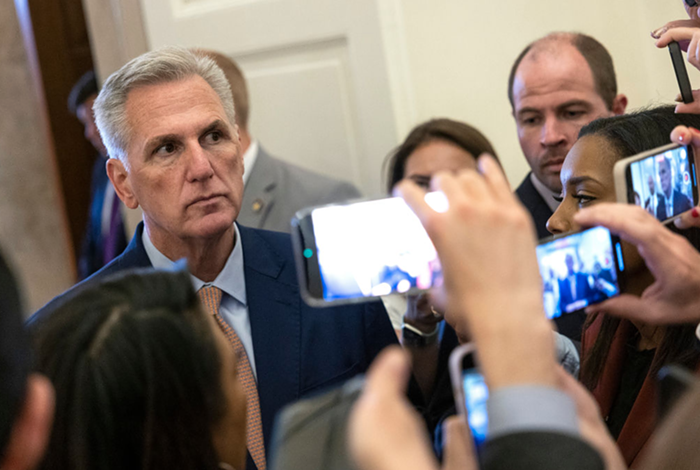Not unlike the countless other splintered youth subcultures in Portland, the community of ravers in our city are a reflection of the political advocacy and community awareness that surrounds them. They are proactive, vocal, and above all, conscious of their scene and what path it takes. Obviously, these proponents of the all-night dance parties are scrambling to protect their image and preserve the cohesiveness of their extended family of promoters, DJs, dancers, and others whose lives revolve around the next weekend, the next party.
Enter the "massive," which is candy-code for an über-rave: attendance well into the thousands, an abundance of big-name commercial DJs, and in many peoples' opinion, an event that breeds much of what troubles a small, grass-roots scene such as the one in Portland. These large events necessitate a promotions blitz far outside that of smaller parties (usually 300-1000 person range) like those thrown by productions companies such as Vujade, Kinetic, or Hyve. This, in turn, often draws a new, uninitiated crowd, whose impression of raves may be shaped by the media: hedonism incarnated.
Jasmine Horn, founder and reverend of the Temple of Sound (a group of electronic music enthusiasts living in a NW warehouse), fears that dancers might not keep one another in check at massives, saying "I do feel they produce a different kind of community, and not necessarily a good one." Kim Dietteman, founder of nwtekno.org, has similarly been an advocate for stressing the community aspect of parties. "Massive-type events encourage more spectators, and create stratification between the DJ and the dancers like an arena-rock concert."
While Seattle's massive gatherings have been known to top out around 10,000 strong, Portland's biggest events these days hover around the 3,000 mark, and are usually produced by a relatively new company called Big Bam Bass. They've consistently thrown large, successful events featuring the biggest names touring the rave circuit, as well as providing favored amenities such as ample bathrooms and plentiful amounts of water. Even the staunchest adversaries of typical massives seem to agree that Big Bam Bass truly looks out for the community and their needs. Jumping into the scene over a year ago, in many ways they've primed Portland for the type of massive that our more metropolitan neighbors to both the North and South are accustomed.
Spiritualize is just that kind of event. Being held in the largest hall at the Expo Center in deep North Portland, the capacity has been rated at 12,000 people--a number that puts fear into the hearts of the scene. "The more people at a big party, the more people disrespect themselves and others," says another Temple resident, Alex Toews.
Spiritualize is developed under what's been referred to by its creator, Tef Foo, as the "million wishes financial model." The general concept is that Los Angeles-based Millionwishes.org provides a sort of "concert package" to the local promoter (in this case, Direct Drive Entertainment) in which Millionwishes takes care of the talent booking, promotional design, and marketing plan in exchange for a cut of the proceeds. In addition to this, Millionwishes has an online presence that presents itself as some sort of vaguely charitable entity (it's a for-profit enterprise) whose events purport to aid local organizations (for Spiritualize, they've designated the proceeds from a certain number of presale tickets to go to the Salvation Army's Greenhouse branch).
Even though a large, full-color flier was expected for this party, the amount of promotion for Spiritualize is astounding: a grand total of 140,000 fliers, booklets (each sixteen pages thick), and posters have been dropped on the West Coast. And, keeping with the model of its predecessors, some of the biggest names in electronic music will be in attendance. Most notable by far is London's LTJ Bukem, the undisputed pioneer of atmospheric drum 'n' bass. He's joined by a few other big-name DJs in the Exhibit Hall until 2 am, when the lights go on and 12,000 party-goers presumably jump in their cars and drive to another location (with a capacity of 2,400) that, according to fliers, promises to rage until at least noon the next day (for an extra $10, please).
The aftermath of Portland's first true massive won't truly be revealed until the time comes, just as no one could have predicted the unfortunate events that have occurred in the party scene during the last four months. What can be said for certain is that Horn is not alone in her sentiment that "it worries me that the next step will be a scary shift in the police presence and the senseless abuse of drugs, because promoters' intentions will be reflected in the party."


